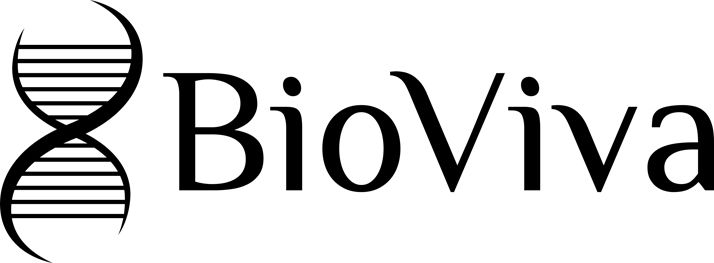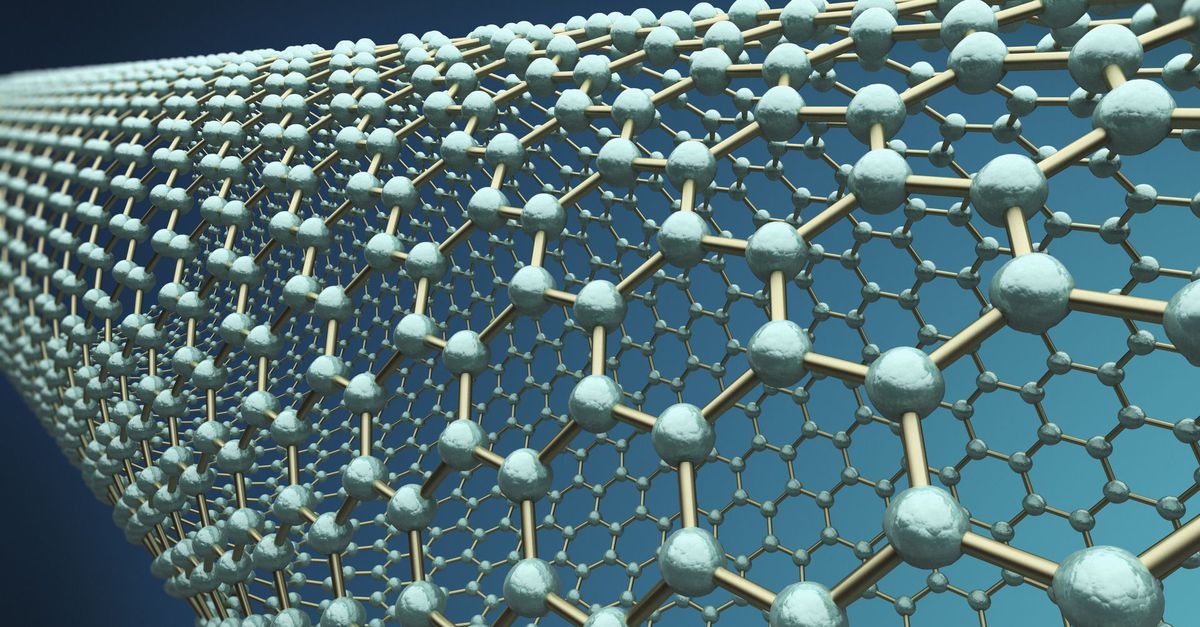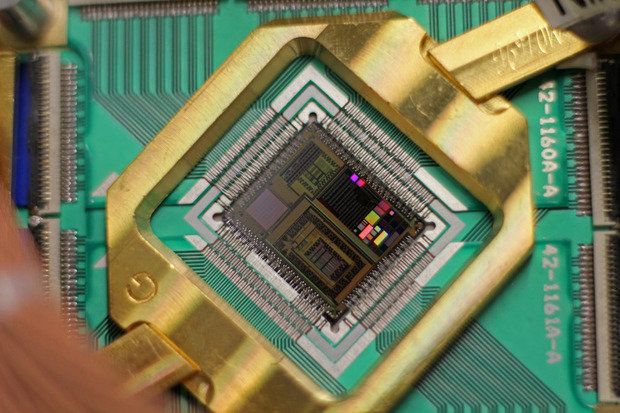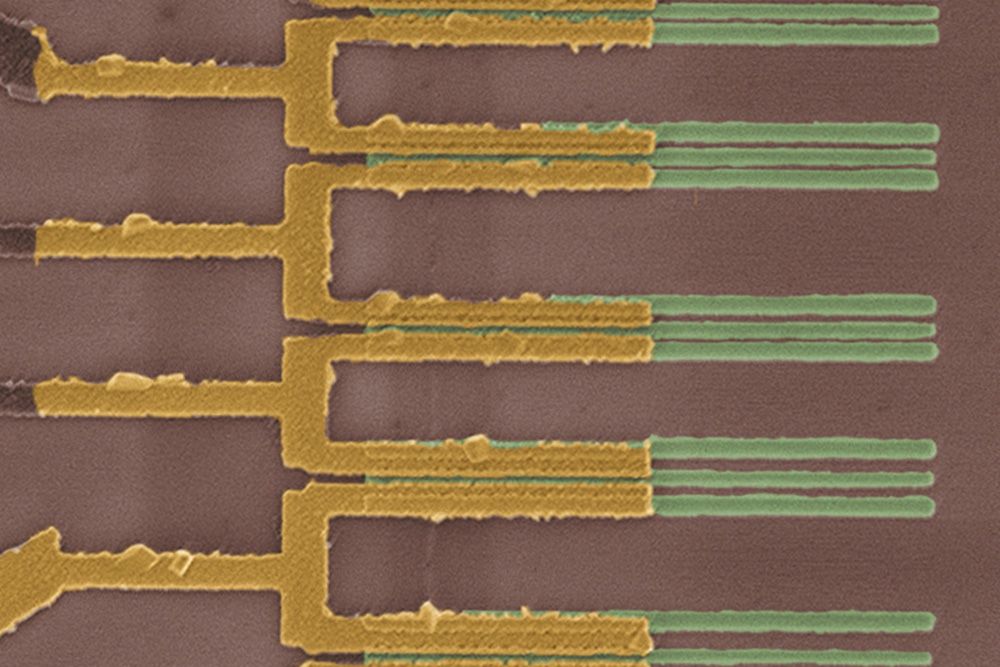4 Robotic Animals You Never Knew Existed
futurism.com/roboticanimals

BioViva USA, Inc. has become the first company to treat a person with gene therapy to reverse biological aging, using a combination of two therapies developed and applied outside the United States of America. Testing and research on these therapies is continuing in BioViva’s affiliated labs worldwide.
BioViva CEO Elizabeth Parrish announced Biobthat the subject is doing well and has resumed regular activities. Preliminary results will be evaluated at 5 and 8 months with full outcome expected at 12 months. The patient will then be monitored every year for 8 years.
Gene therapy allows doctors to treat disease at the cellular level by inserting a gene into a patient’s cells instead of using the regular modalities of oral drugs or surgery. BioViva is testing several approaches to age reversal, including using gene therapy to introduce genes into the body.

Do any existing drugs have longevity promoting effects? Here are 3 currently under investigation.

Scientists funded by the NIH BRAIN Initiative hope to diagram all of the circuits in the brain. One group will attempt to identify all of the connections among the retina’s ganglion cells (red), which transmit visual information from bipolar cells (green) and photoreceptors (purple) to the brain. (credit: Josh Morgan, Ph. D. and Rachel Wong, Ph. D./University of Washington)
The National Institutes of Health and the Kavli Foundation separately announced today (Oct. 1, 2015) commitments totaling $185 million in new funds supporting the BRAIN Initiative — research aimed at deepening our understanding of the brain and brain-related disorders, such as traumatic brain injuries (TBI), Alzheimer’s disease, and Parkinson’s disease.

IBM scientists take a big step toward their quest to bring us speedy, low-power chips. The secret: carbon nanotubes.

A propensity to worry indicates a strong ability to consider the past and future in precise detail, perhaps explaining why worriers also tend to be more intelligent.
While worriers have often been considered a liability to groups of professionals and friends alike, due to their apparent lack of confidence, they may be better at learning from past mistakes than others, and preparing for future threats.
Researchers have recently found that worriers are better at telling when others are lying and are quicker at detecting threats, such as smoke in the room caused by a fire elsewhere. Now, a survey of one hundred students at MacEwan University has shown that worrying goes hand in hand with having a higher intelligence.


Google and NASA are continuing to test quantum computers and this week entered into a new agreement to work with a series of updated systems.
D-Wave Systems, a quantum computing company based in Burnaby, British Columbia, announced this week that it had signed a deal to install a succession of D-Wave systems at NASA’s Ames Research Center in Moffett Field, California. NASA and Google on Wednesday also confirmed the deal.
NASA and the Universities Space Research Association (USRA) are collaborating on the project, which is focused on advancing artificial intelligence and machine learning.

IBM announced a major engineering breakthrough that could open the way to replacing silicon transistors with carbon nanotubes in future electronics and computing technologies.
Silicon transistors have become dramatically smaller in the last decades following Moore’s Law — the observation that the number of transistors per unit area doubles every two tears. However, silicon transistor technology is approaching a point of physical limitation.
With Moore’s Law running out of steam, shrinking the size of transistors — including the channels and contacts — without compromising performance is a research and manufacturing challenge. Carbon nanotube technology could lead to much smaller transistors and keep electronics and computing devices on the Moore’s Law of exponentially decreasing size and thus increasing performance. However, as devices become smaller, increased contact resistance for carbon nanotubes has hindered performance gains until now.
“A living being, but not alive.” The Dutchman artist Theo Jansen creates these structures which move through the strength of the winds. He uses wood, PET bottles and rags to transform wind energy in a synchronized motion that looks like their creations have a life of its own! Sensational!